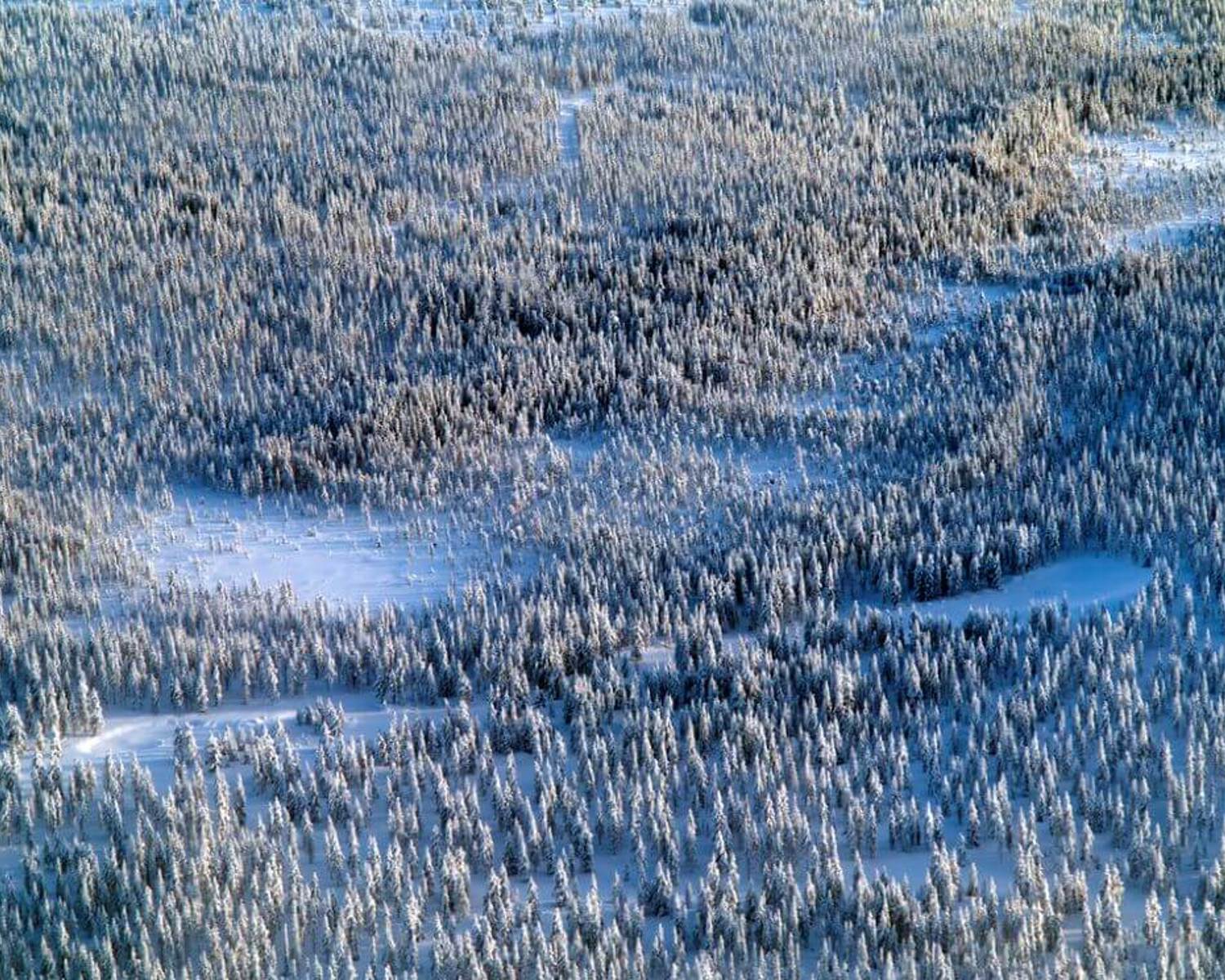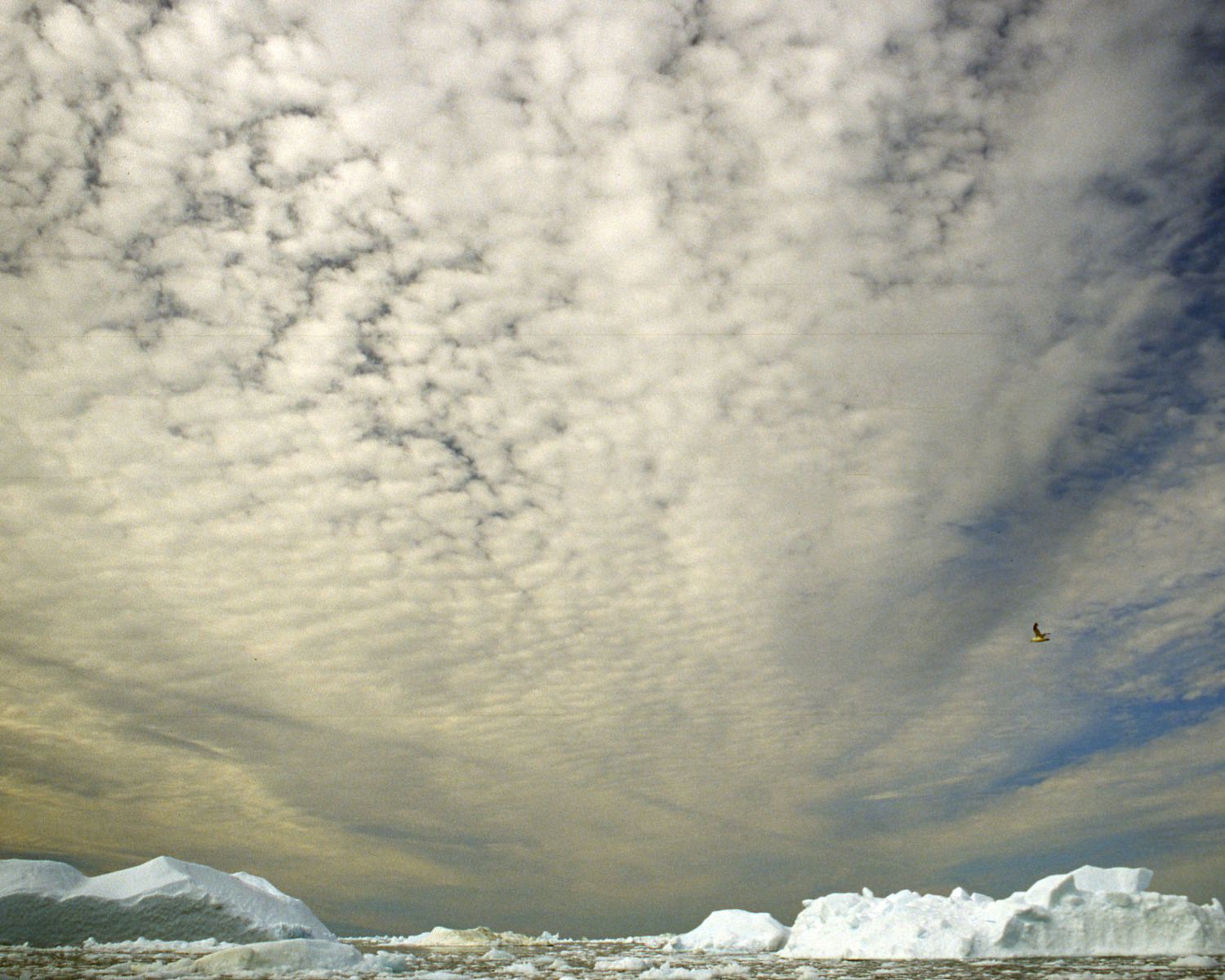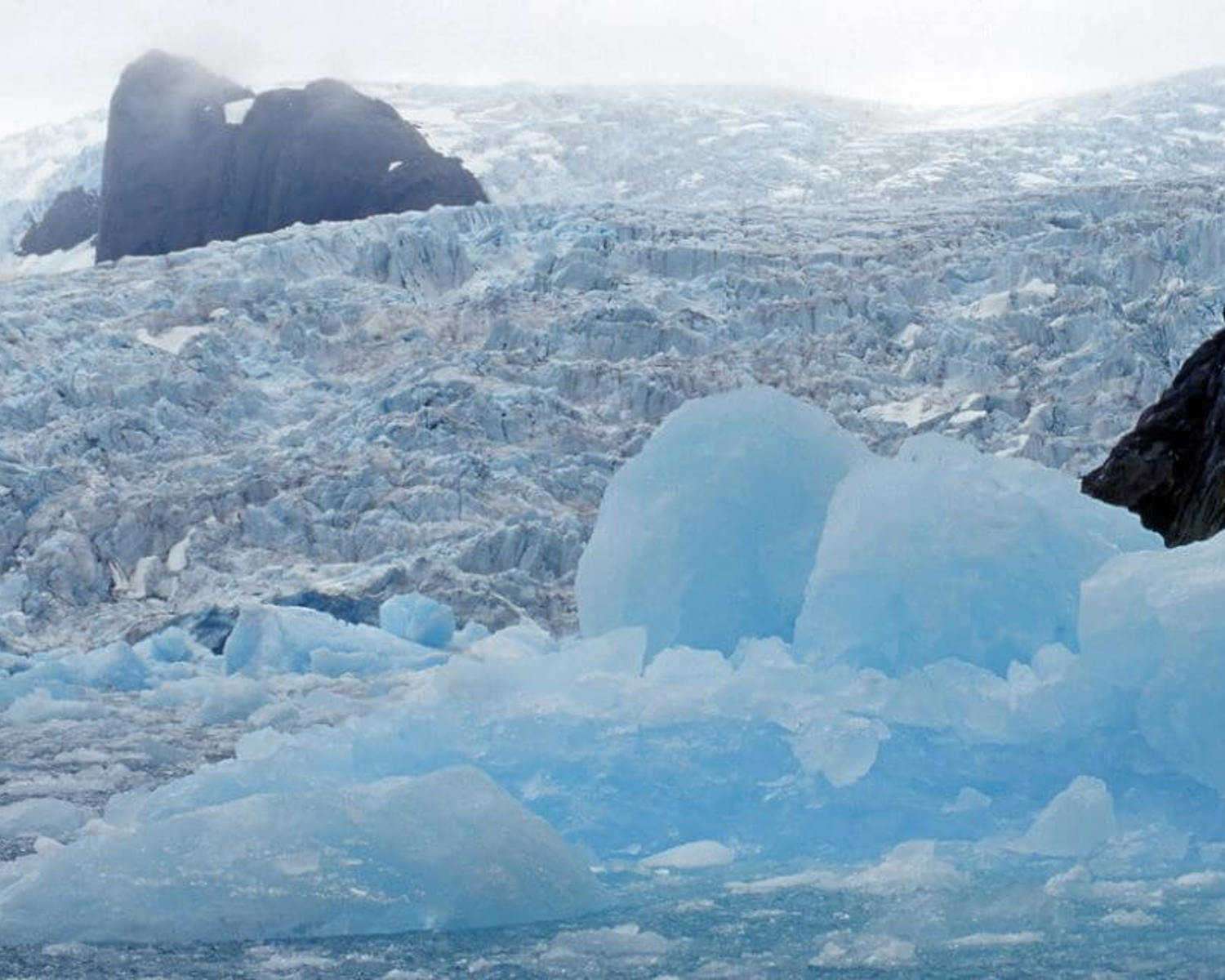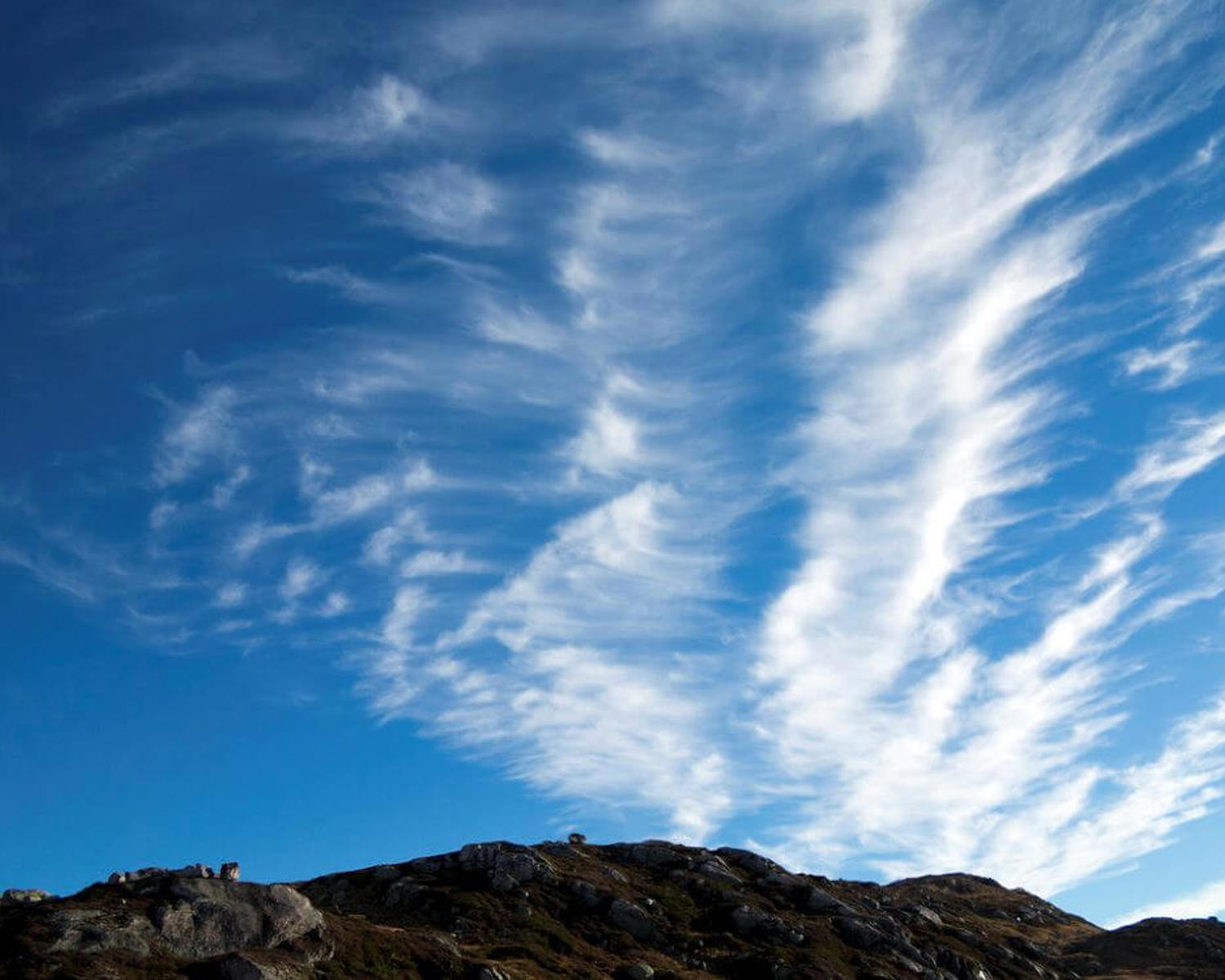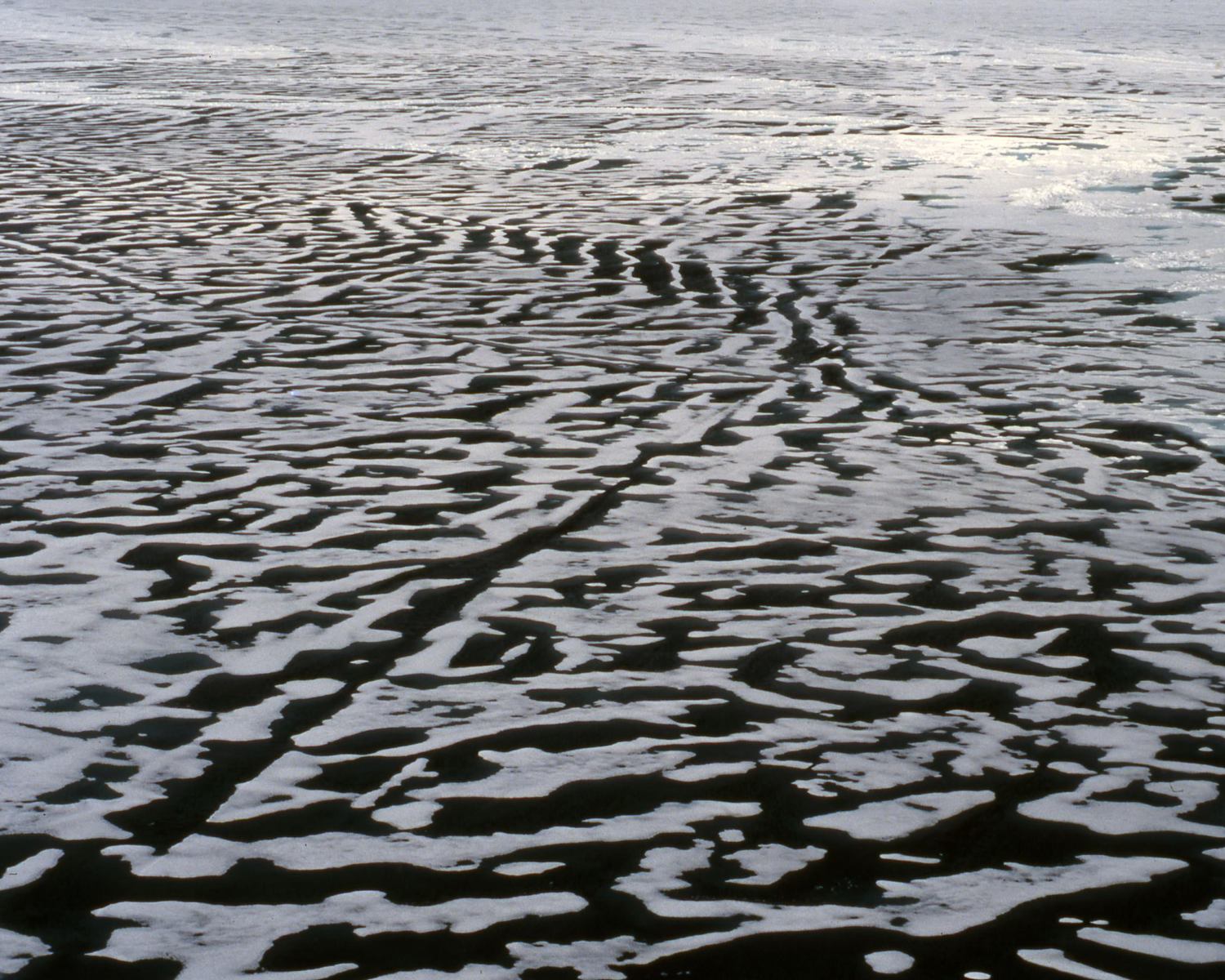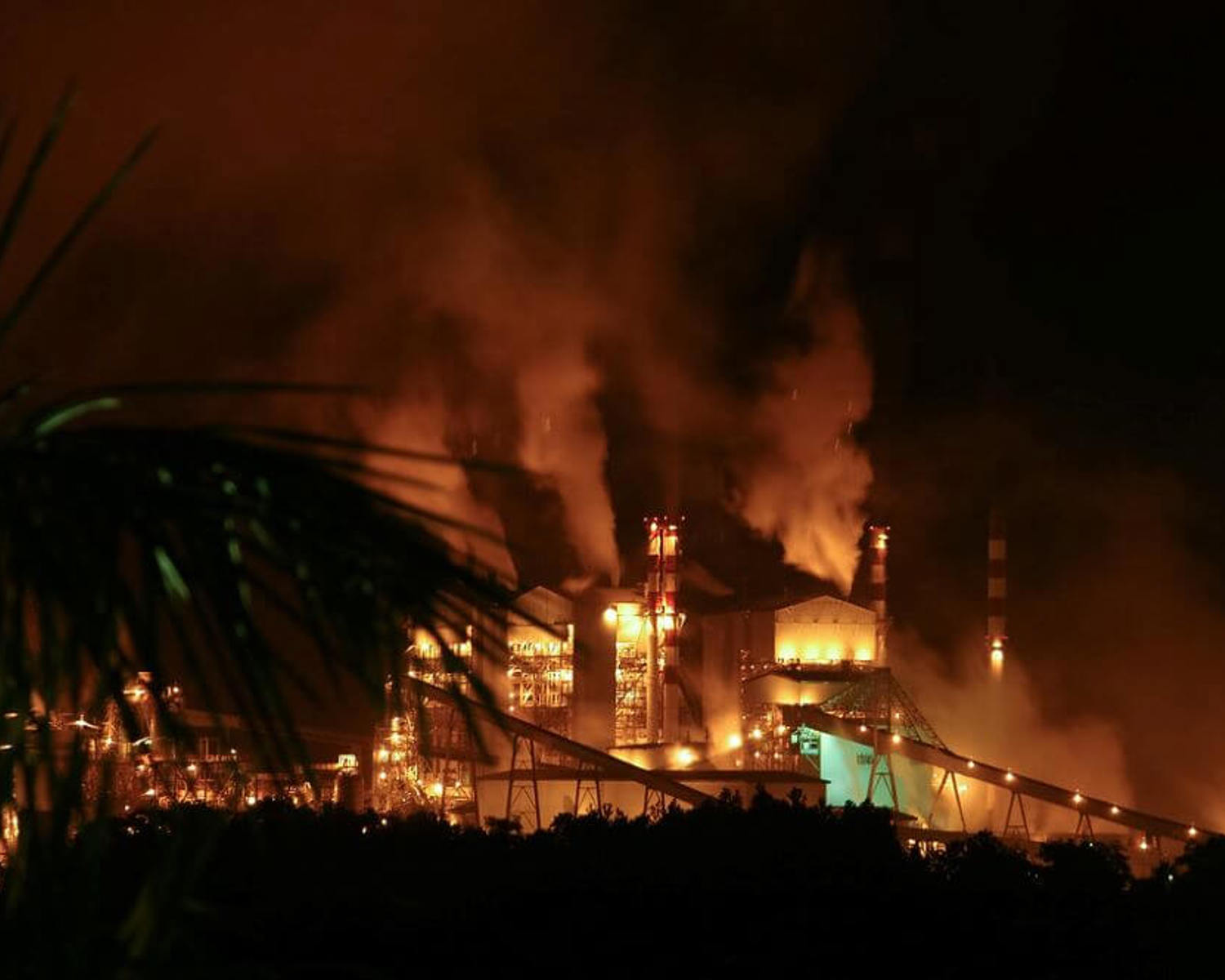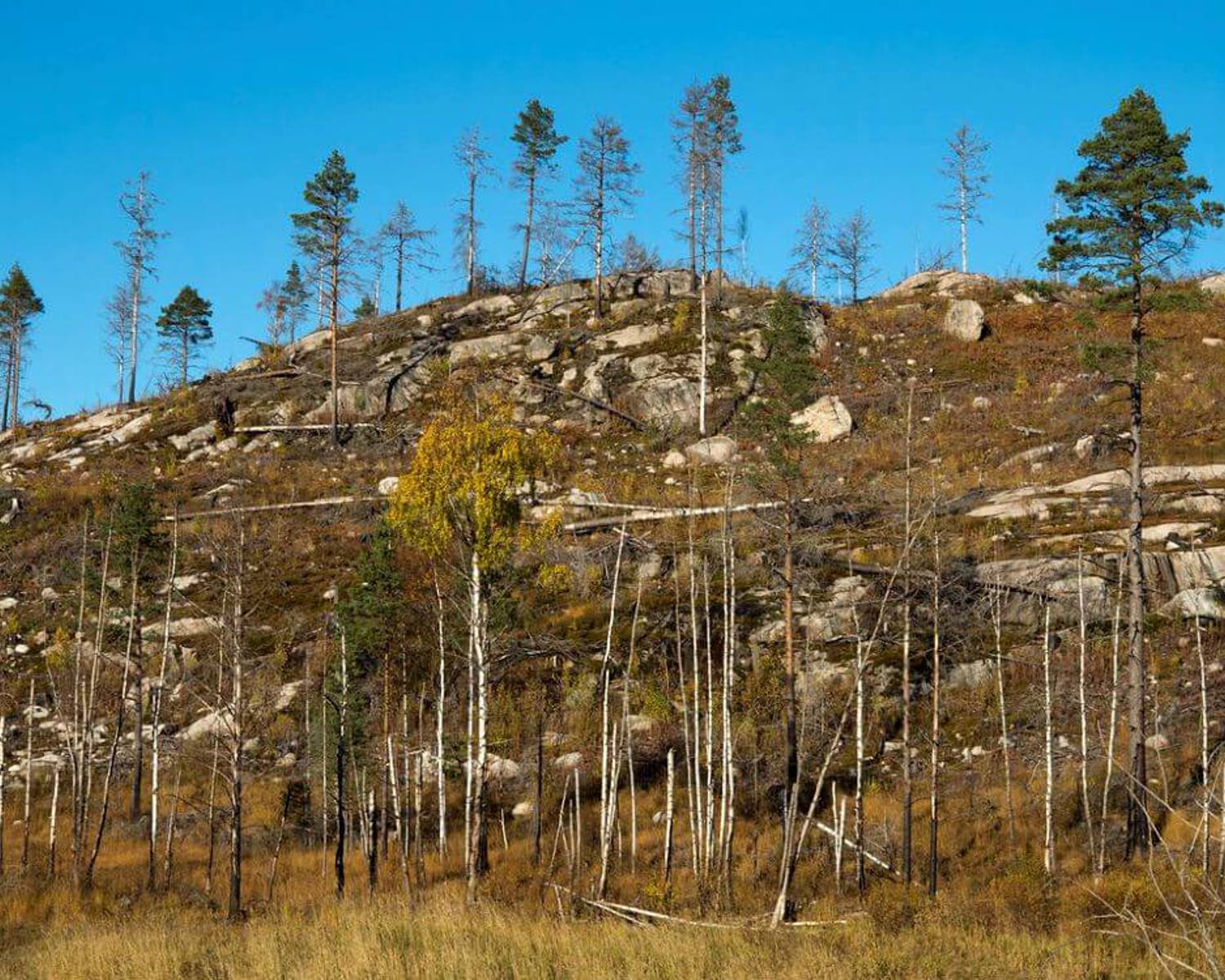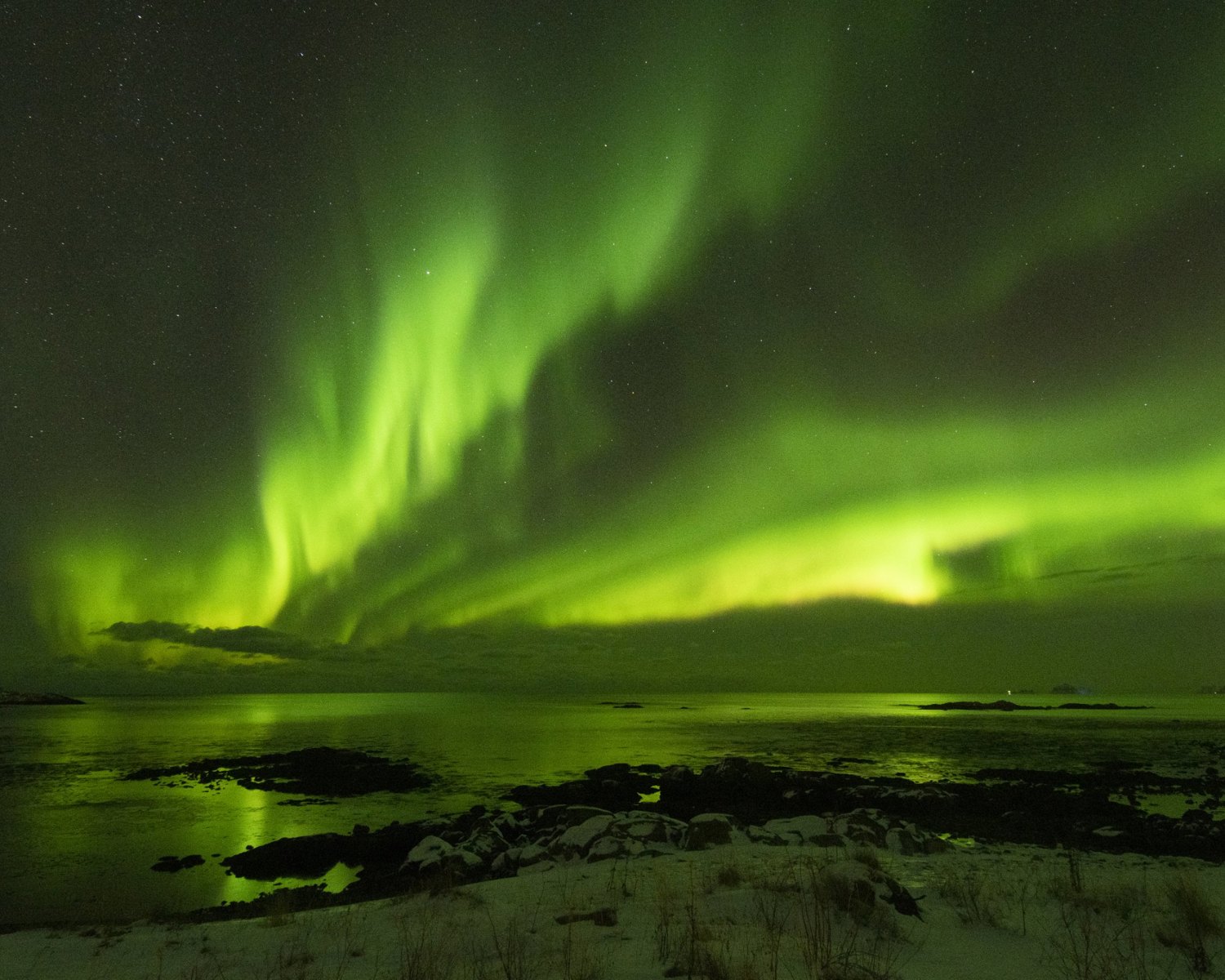CO2 “snow” deposition in Antarctica, cryogenic CO2 capture
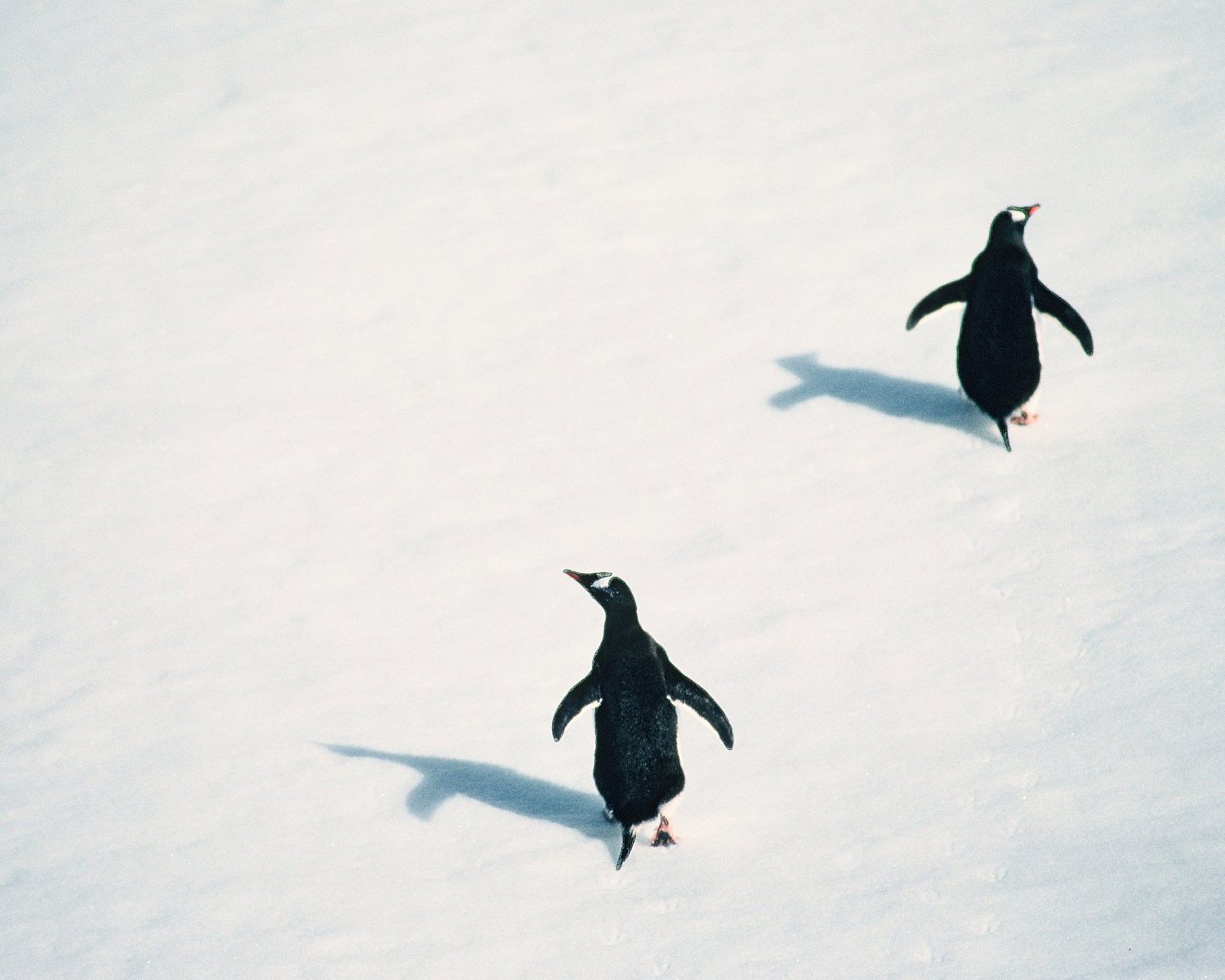
Inspired by the discovery of CO2 ice caps on Mars, Agee et al. (2013) suggested it might be possible to artificially create similarly cold conditions in the already frigid temperatures of Antarctica that would allow CO2 to 'snow' out of the air.
They envision a 'depositional plant', where air would be introduced into a refrigerated chamber, which would cool the air to -140 degrees C and freeze the carbon dioxide, while remaining the other components like oxygen and nitrogen in a gaseous state. This frozen CO2 would then be deposited into a dry ice underground landfill for storage. Apart from making use of the much colder Antarctic air, which significantly reduces energy requirements for cooling, the colder air also is largely devoid of moisture.
Analysis overview

Technological Readiness Level (TRL)
Low 1
Agee and Orton (2016) conducted some small scale experiments, von Tippel (2018) and Boetcher et al (2020) looked at energy and scaling issues, Andrea Orton conducted modeling on the climatic effects of this measure as doctoral research (2020), and a more recent study by Perskin et al (2022) explored the topic further and compared it to other precompression methods for direct carbon capture. However, the idea seems not to have been picked up broadly, and remains in a very theoretical stage. In a 2012 article by the New Scientist (Marshall, 2012), Tim Kruger furthermore highlights issues with storage, as the solidified CO2 would either have to be kept frozen, or stored in highly pressure resistant tanks.
Technological Readiness Level (TRL)
A technology with a TRL of 1-3: TRL 1 – Basic; TRL 2 – Concept formulated; TRL 3 – Experimental proof of concept

Scalability
Low 1
Scalability
Physically unable to scale; sub-linear/logarithmic efficiency of scalability

Timeliness for near-future effects
Low 1
Timeliness for near-future effects
Implemented too late to make a significant difference

Northern + Arctic potential
Unknown 0

Global potential
Unknown 0

Cost - benefit
Prohibitive 1
Cost - benefit
Cost of investment comparable to cost of avoided damage

Environmental risks
High risk 1
Environmental risks
Major, serious risks with a high disaster potential; multiple and cascading risks

Community impacts
Unknown 0

Ease of reversibility
Hard 1
Ease of reversibility
Impossible or very difficult to reverse

Risk of termination shock
High risk 1
Risk of termination shock
High or very significant termination shock or damage

Legality/governance
Not possible 1
Legality/governance
Illegal or banned, or the legal regime is not suited to deployment

Scientific/media attention
Low 1
Scientific/media attention
Very low attention from individuals and/or abandoned ideas; low media attention; no commercial interest.
References
Agee, E. M., & Orton, A. (2016). An initial laboratory prototype experiment for sequestration of atmospheric CO2. Journal of Applied Meteorology and Climatology, 55(8): 1763-1770. https://doi.org/10.1175/JAMC-D-16-0135.1
Agee, E., Orton, A. and Rogers, J. (2013) CO2 snow deposition in Antarctica to curtail anthropogenic global warming J. App. Meteor. Climatol., 52(2): 281-288. https://doi.org/10.1175/JAMC-D-12-0110.1
Boetcher, S.K.S., Traum, M.J. and von Hippel, T. (2020). Thermodynamic model of CO deposition in cold climates Clim. Change, 158 (3–4): 517-530. https://doi.org/10.1007/s10584-019-02587-3
Michael Marshall, (2012), Could we geoengineer the climate with CO2? New Scientist. Available at: www.newscientist.com/article/dn22244-could-we-geoengineer-the-climate-with-co2.html [Accessed 22 July 2024]
McQueen, N., Gomes, K. V., McCormick, C., Blumanthal, K., Pisciotta, M., & Wilcox, J. (2021). A review of direct air capture (DAC): scaling up commercial technologies and innovating for the future. Progress in Energy, 3(3), 032001. https://doi.org/10.1088/2516-1083/abf1ce
Orton, A. E. (2020). Meteorological Response to CO2 Sequestration and Storage in Antarctica (Doctoral dissertation, Purdue University Graduate School). Abstract available at: https://docs.lib.purdue.edu/dissertations/AAI30504090/ [Accessed 22 July 2024]
Perskin, Jennifer, Matthew J. Traum, Ted von Hippel, Sandra K.S. Boetcher, (2022), On the feasibility of precompression for direct atmospheric cryogenic carbon capture. Carbon Capture Science & Technology Volume 4, September 2022, 100063. https://doi.org/10.1016/j.ccst.2022.100063
von Hippel, T. (2018). Thermal removal of carbon dioxide from the atmosphere: energy requirements and scaling issues Clim. Change, 148: 491-501. https://doi.org/10.1007/s10584-018-2208-0

